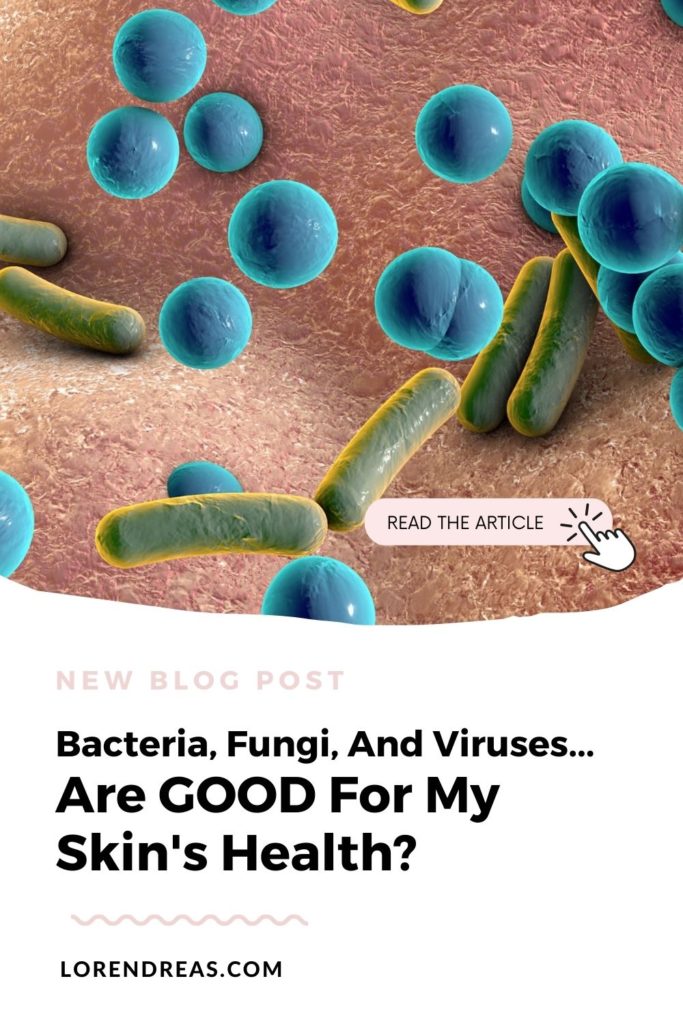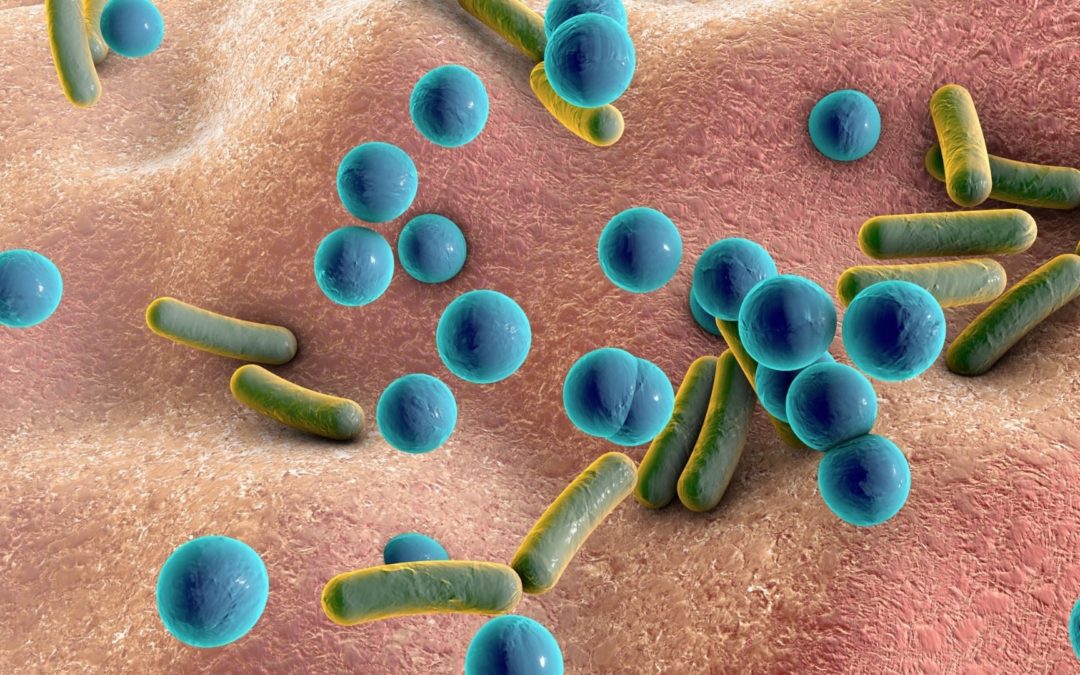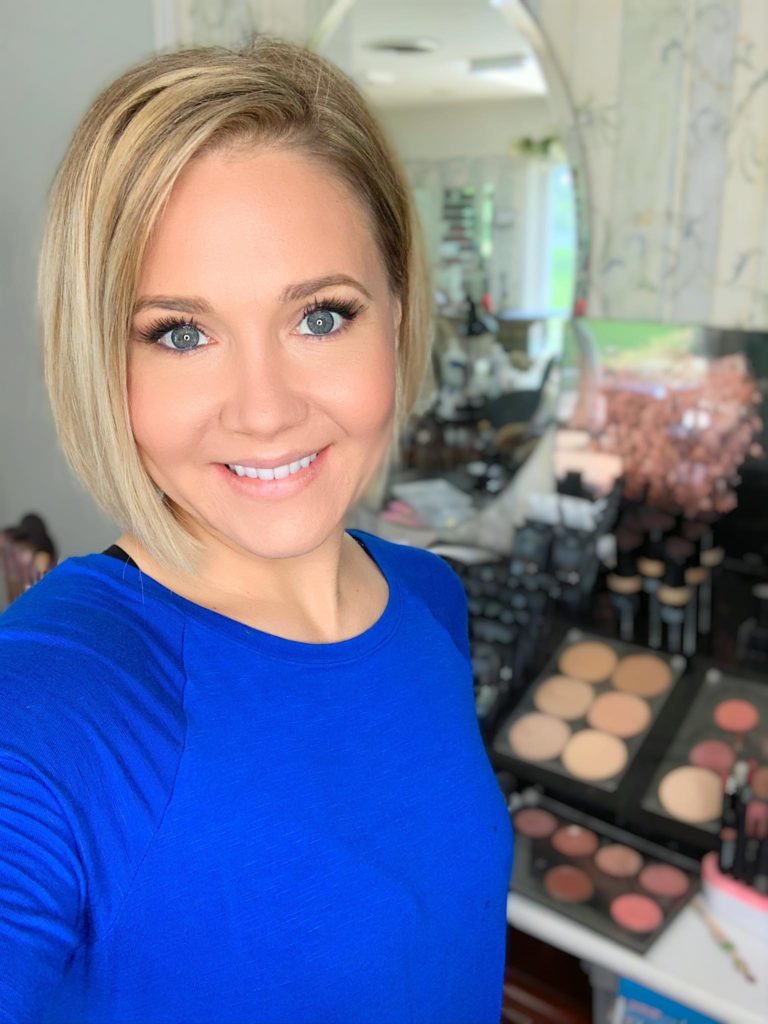When it comes to your skin’s health, I know it’s probably hard to fathom reading that headline – especially since we’ve grown up in an antibacterial/biotic generation (and ahem, 2020) but I’ll explain. When it comes to mastering your skincare, it’s more than great products. It really is about how you care for your skin health holistically.
The Skin Biome
Our skin has its own biome (just as our gut does!) and is home to millions of bacteria, fungi, and viruses that compose the skin microbiota.
As the largest organ of the human body, skin is colonized by beneficial microorganisms and serves as a physical barrier to prevent the invasion of pathogens. When the barrier is broken or when the balance between commensals and pathogens is disturbed, skin disease or even systemic disease can result. (We don’t want that!)
Most people know the skin is the body’s first line of defense against injury or potential pathogens. But it’s not actually your skin’s cells that act as the front lines of the cavalry. It’s the skin’s microbiome.
Your skin’s inherent environment is rather unfriendly to bad bacteria. It’s cool and dry. The pH is acidic. Even sebum, your skin’s lubricant, is antimicrobial. And, ideally, your skin has a bountiful amount of microbiota to combat all the bad bacteria you come into contact with.
What Compromises Your Skin Biome?
Excess use of antimicrobial hand sanitizers and soaps contributes to skin dysbiosis and antibiotic resistance, thus stoking various skin conditions, research shows. An imbalanced microbiome, or skin dysbiosis, is associated with many health conditions, including psoriasis, allergies, eczema, contact dermatitis, acne, poor wound healing, skin ulcers, dandruff, yeast and fungal infections, rosacea, and accelerated skin aging.
Your skins biome is affected by way of two factors: what you put ON your skin and what you put IN your body.
Your Skin’s Health: What You Put ON Your Skin
#1 Clean doesn’t = sterile.
You can get rid of dirt without removing everything alive on your skin! So avoid heavily antibacterial components, like alcohol, triclosan, or classic soaps.
#2 Keep your pH in mind.
Your skin acidity level is naturally around pH5. Below that, it is too acidic. Above that, it’s too alkaline. And both ways it damages the skin barrier and the microbiome living on it.
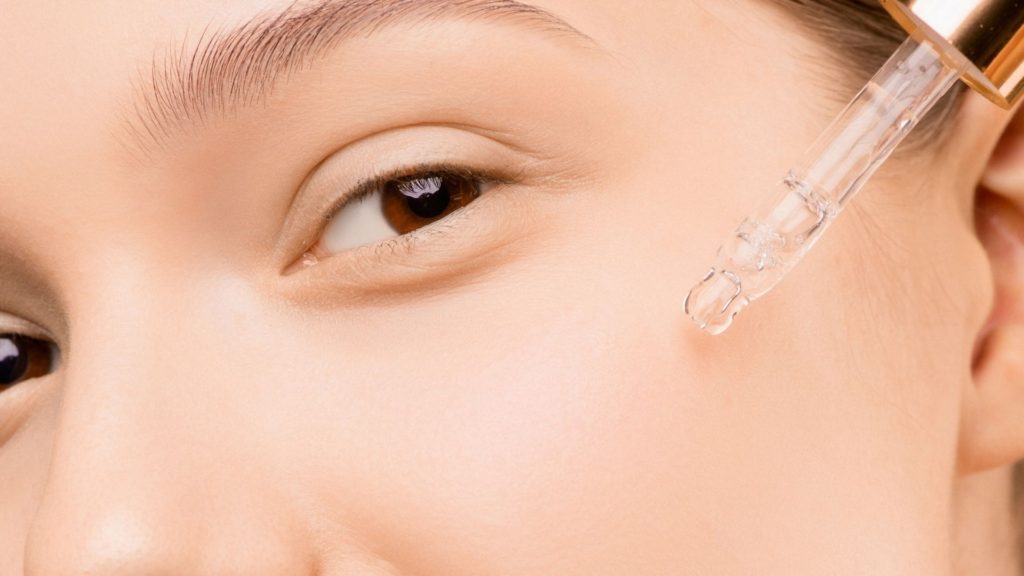
#3 Washing temperature.
As much as I LOVE a good HOT shower, our bacteria don’t. Your skin bacteria are usually happy around 95 degrees, the temperature of your skin. They don’t like harsh conditions. So, avoid scalding hot water.
#4 Keep it minimal.
The microbiome and our skin is a very complex environment, and everything we add to it has the potential to inflame it. So imagine the number of single ingredients you put on your skin every day.
(Would you believe me if I told you that my typical face routine has a TOTAL of 3 ingredients? I’ll share more on that soon!)
#5 Be careful with preservatives.
Preservatives have one function: kill bacteria. It is useful, so nothing green grows in your tube, but once applied on the skin, it will impact your microbiome.
Your Skin’s Health: What You Put IN Your Body
#1 Your diet.
Eating a WHOLE foods diet can cleanse your body of toxins while increasing nutrients essential for healthy skin. The body organs that contribute to beautiful, healthy skin such as the liver, kidneys, adrenals, thyroid, as well as intestines, work together.
For example, when the liver and kidneys that help filter out toxins become overtaxed from eating unhealthy foods, breakouts can occur. If the body’s hormones become unbalanced from eating processed foods, problematic skin conditions can occur. If the thyroid isn’t working correctly, it can cause the skin to become dry and flaky. Finally, if the intestines aren’t expelling waste, skin can become thick, blemished, and oily.
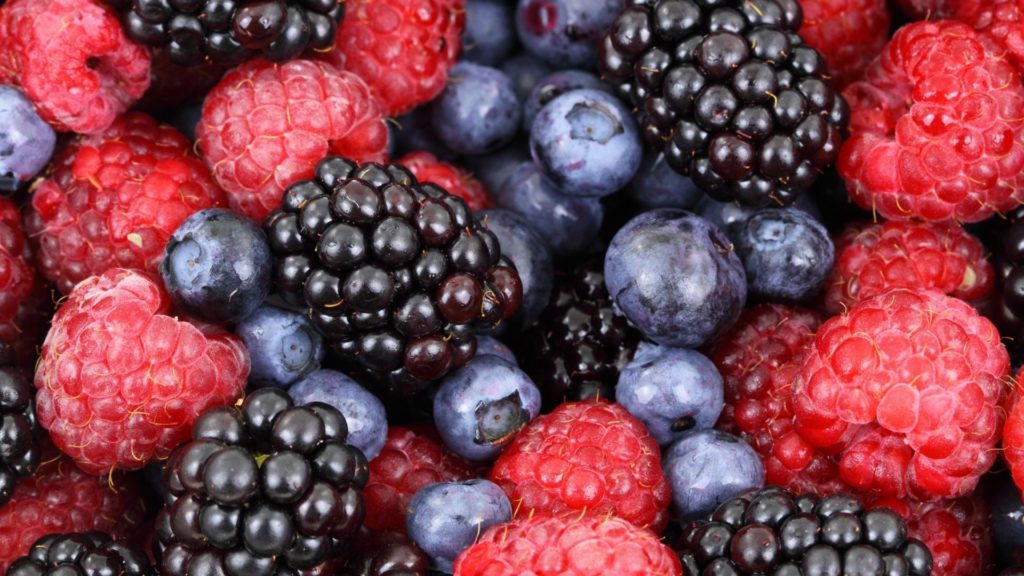
#2 Fertilize and Feed
The greenery is your healthy gut bacteria, and the fiber in your diet is their fertilizer. Gut bacteria use fibers that you cannot digest as their food.
A few PROBIOTIC foods you can incorporate (just make sure they are organic and not loaded with preservatives!)
- Yogurt
- Kefir (fermented milk-based beverage)
- Sauerkraut (traditional German shredded, fermented cabbage)
- Tempeh (fermented soybean patty)
- Kimchi (traditional Korean fermented cabbage)
- Apple Cider Vinegar
- Miso soup (traditional Japanese soup)
- Kombucha (fermented green tea-based beverage)
- Pickles
- Natto (Japanese dish similar to miso)
- Select cheeses (gouda, mozzarella, cheddar, cottage cheese)
- Brine-cured olives
- Sourdough bread
- Acidophilus milk
A few PREBIOTIC foods you can incorporate (just make sure they are organic and not loaded with preservatives!)
- Apples
- Artichokes
- Asparagus
- Bananas
- Barley
- Berries
- Chicory
- Cocoa
- Dandelion greens
- Flaxseed
- Garlic
- Green vegetables
- Konjac root
- Leeks
- Legumes (peas and beans)
- Oats
- Onions
- Tomatoes
- Soybeans
- Wheat
- Yacon root
#3 Avoid dead foods
If it can sit on your counter for days or weeks and not go bad, then it’s a dead food. These foods are refined, highly processed, often synthetic, and have little-to-no nutritional value. Think about foods like cheese-flavored crackers, meal replacement bars, fruit snacks, and flavored beverages. Chemicals? Check. Artificial colors and flavors? Check. Ingredients on the label that you can’t pronounce? Check.
Dead food” is the newest title given to food that has had the life packaged, preserved, or cooked out of it, to the point where it has become sadly void of virtually all nutritional value. “Dead food” refers to processed food or food without nutrients. It is called dead because it has been refined to the point that it is bereft of minerals, vitamins, and fibers.
Processed food: Prepared items top this list: frozen meals, snacks, desserts. And weird stuff like ketchup.
Fast food: Think of your beloved french fries, cheeseburgers, milkshakes, griddle cakes, and anything else that can be fried.
Filler: This is everything we’re taught to love: bread, white rice, white pasta, sugar, chips, soft drinks.
All the synthetic snack foods, cereals, chips, and even meat are considered dead energy and dead food.
Here Is The Bottom Line
The gut and skin microbiomes really have an impact on each other, so what you are putting on topically is only part of the picture. What you’re doing internally is also hugely important for your skin’s health.
“Trying to get good symbiont bacteria to grow without making improvements in your stress, diet and lifestyle is like trying to grow seeds in the dark or on a parking lot.”
Dr. Richard Matthews
Holistically, How Is The Health Of Your Skin?
If you need help answering this question or are looking for guidance to get started with a more holistic approach when it comes to caring for your skin, I have just the tool! I created a quiz: How Is Your Holistic Health?
Between emotional stress, hormonal imbalances, and irregularities to your digestive system you’re lost on what to tackle first and how. Maybe you are confused about what topicals to use, what foods to eat, and your signs of aging are drastically increasing. Is this you, friend? I have designed a digital course with you in mind so that together, we can get to the root of your skin concerns using a holistic approach.
You don’t have to try any more home recipes and you most certainly don’t need to give up and accept acne, redness, and aging as part of your journey. There is a better way. I’ve compiled the education you need (while omitting the parts you don’t) to help you get to the root of your skin concerns. It’s all in my digital course: Master Your Skincare.
In this 60-minute video mini-course, you’ll not only learn how to take care of your skin type and which products pair best with it, but since I truly believe healthy, clear, glowing skin is an inside job, we will cover everything skin more holistically, inside and out.
Say goodbye to frustration, uncontrollable breakouts, and covering up your skin with layers of unnatural-looking makeup. Finally, you’ll be able to approach your skin’s health holistically and confidently.
